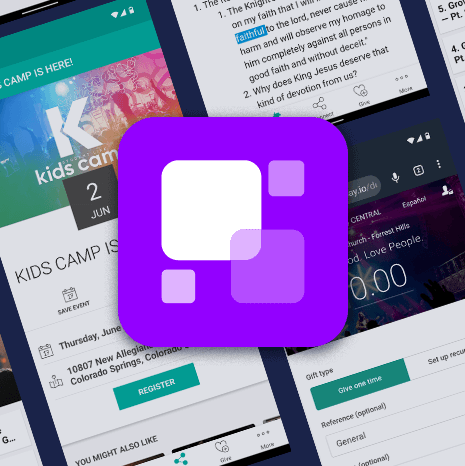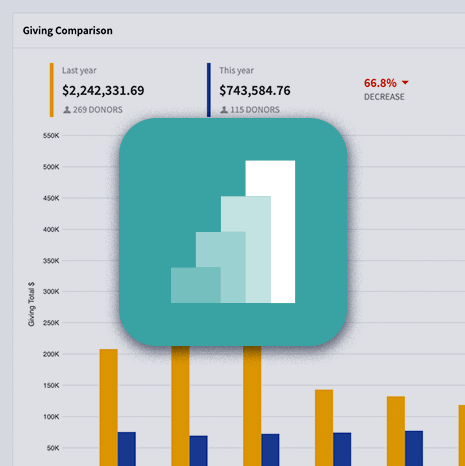
In 2025, it’s fair to say that your church’s website has become one of the most important ways people get to know you. Before anyone walks through your doors or hears a message from the stage, they’ll probably visit your site first.
A quick Google search, a click on the link, and just like that, your website becomes their first impression of your church. And in a world where attention spans are short, that first impression matters a lot.
Designing a church website isn’t just about making something that looks nice. It’s about creating something that communicates who you are, reflects your church’s mission, and helps people feel like they belong before they’ve even set foot inside.
Whether you’re starting from scratch or simply giving your existing site a refresh, this guide will walk you through the process in a way that’s approachable—even if you’re not especially “techy.”
Step 1: define the purpose of your church website
Before jumping into layouts and color schemes, take a step back and ask: What is this website for?
Is it primarily for people who’ve never been to your church, to help them learn more and plan a visit? Or is it more for your current members, with updates, sermon links, and event info? For most churches, the answer is a little bit of both.
Here are a few common goals your church website might serve:
- Welcome and inform potential visitors
- Share sermons and media
- Highlight ministries and ongoing church activities
- Provide online giving options
If you’re not quite sure, take time to ask your leadership team, or even your congregation, what they think the site should focus on. Knowing your goals up front will guide the rest of your decisions.
Step 2: choose the right platform
This is one of the more significant choices you’ll make, deciding where and how to build your website.
Popular platforms include WordPress, Squarespace, and Wix. Some are general-purpose website builders, and others are created specifically for churches, with features like sermon archives and giving tools built in.
Here are a few things to keep in mind when choosing your church website builder:
- What’s your budget? Some tools are free or low-cost to start, while others require a monthly subscription.
- Is it easy to update and maintain? (Especially helpful if you don’t have a dedicated tech person.)
- Does it support mobile optimization and quick load speeds?
- Are there church-specific tools you’d benefit from, like customizable templates or online giving integrations?
Choosing a platform is kind of like picking the foundation for your building. It doesn’t have to be fancy, but it should be solid.
Step 3: plan your website structure
Once you’ve chosen your platform, it’s time to think through your site’s layout and navigation.
Every great church website includes a few core pages:
- Home – Provide general information like service times and a link to your church live stream
- About / What We Believe – Share your values and story
- Ministries – Highlight the ways people can get involved
- Events – Keep your community informed about what’s coming up
- Sermons / Media – A place to catch up on past messages
- Giving – Simple and secure ways to give online
- Contact – Include your address (linked to a Google Map), phone, and email
- Plan a Visit – Especially helpful for first-timers
Try to keep your navigation menu clean and easy to follow. And remember: most visitors will be browsing from their phone, so make sure your structure works well on mobile too.








